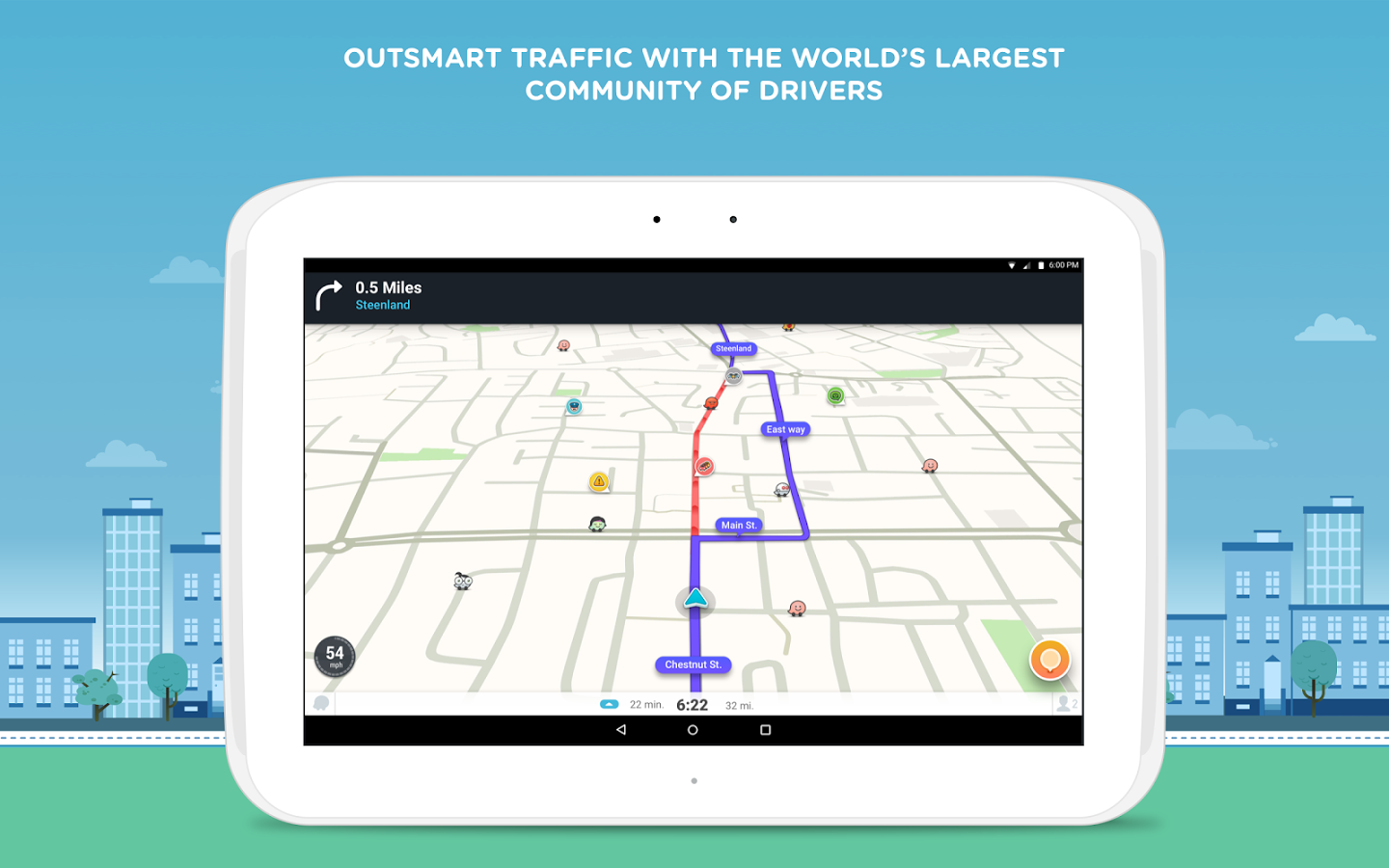Navigating Liability Issues for Waze and Other GPS Traffic Apps

Traffic navigation cell phone apps such as Waze and Google Maps are incredibly useful in our everyday lives while driving to an unfamiliar destination. Commercial drivers may also use the apps to make efficient deliveries. But, the apps may arguably increase distracted driving or diverted attention from the road, which raises the question of potential liability for such traffic navigation apps.
Waze is a user community app that provides real time traffic data such as traffic flow conditions, construction zones, accidents, and police presence, among other items. The app can then recommend the most efficient route to an intended destination. Notably, however, the app operates based on input from its community of users, who can provide real-time traffic updates.
Waze has several safeguards to limit its liability from distracted driving and arguably contributing to an accident. First, by downloading Waze, the user agrees to the app’s terms of service (“the Terms”). The Terms include “Cautious Driving” warnings, which provide that users are forbidden to send traffic updates non-verbally, unless the user is riding as a passenger. Additionally, the Waze app interface provides an additional safeguard which requires users to acknowledge they are riding as a passenger if updating traffic conditions while in motion. Thus, a user sending updates via text while driving would violate the Terms.
Waze also contains a limitation of liability clause, where users acknowledge and assume full, exclusive and sole responsibility for using Waze. Further, the user acknowledges that it is his/her responsibility to comply with applicable traffic and safety laws. This liability waiver clause is likely enforceable in most states, unless Waze is somehow independently negligent. But given that Waze is a community-based app using information transmitted by its users, there is also an assumption of the risk defense available to counter alleged negligence on the part of Waze providing route guidance. Thus, Waze has both contractual and tort defenses that may insulate the app from liability. Further, negligent driving by the user would likely constitute an independent, superseding, or intervening cause of any negligent route guidance or foreseeable distracted driving by using the app.
Defensive driving principles require drivers to scan the road and keep their eyes moving to anticipate traffic hazards. In-vehicle “distractions” such as GPS, cell phone, radio, temperature controls, etc. do not necessarily lead to accidents where drivers are attentive and following the rules of the road.
As navigation traffic apps continue to evolve and competition increases the liability concerns and risk management also continue to evolve.